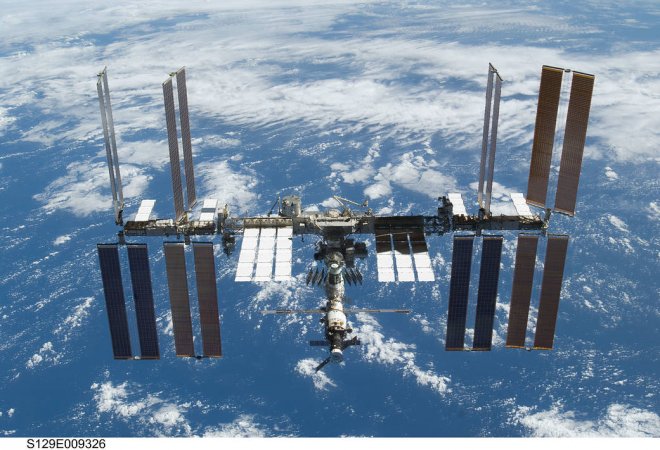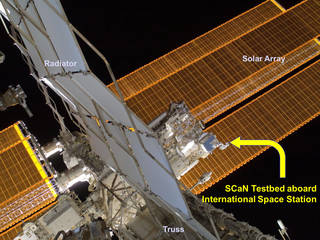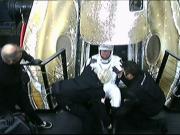
NASA plans to make better use of artificial intelligence by incorporating it in their cognitive radios for space communication networks.
Janette C. Briones, the principal investigator in the cognitive communication project at NASA's Glenn Research Center in Cleveland, Ohio said, "Modern space communications systems use complex software to support science and exploration missions. By applying artificial intelligence and machine learning, satellites control these systems seamlessly, making real-time decisions without awaiting instruction."
The cognitive radio and other software-defined radios make use of artificial intelligence to utilize the underused portions of the electromagnetic spectrum. This would be done with minimum human or without any interventions. The underutilized spectrum, also known as "white spaces", are already been licensed by the Federal Communications Commission (FCC) in the US.
The FCC permits the cognitive radios users to use frequencies which are unused by its primary users. The license is granted till the primary user gets active again. The cognitive radio could use many "faucets" of different frequencies which acts as different channels of communication. The cognitive radio uses the "faucet" when another licensed device stops using its frequency. The device could switch from one white space frequency to another available frequency using its electromagnetic switch.
Researchers say that the cognitive radios could be used well for space communications which demand greater efficiency. It could reduce the unique challenges faced by space communications. The space weather, electromagnetic radiation emitted by the sun and other celestial bodies, and other noises which interrupts the communication could be avoided using cognitive radios.
Rigoberto Roche, a NASA cognitive engine development lead at Glenn Research center stated that the center has been experimenting to create cognitive radio applications which could identify and adapt to the space weather.

The researchers aim to develop cognitive radio which could temporarily shut down itself to mitigate damages during severe space weather events. The adaptive radio software would avoid the harmful effects of space weather while increasing the extent of data returns.
The ability of the cognitive radio network to suggest alternative data paths could help to prioritize and route data through multiple paths to avoid interference. The artificial intelligence could help the ground station to allocate downlinks before hours leading to increase in its efficiency.
An intelligent radio could adapt to new electromagnetic landscapes without human intervention. They could predict common operating settings for different environments and could automate time-consuming processes which are handled by humans.
The Space Communications and Navigations (SCaN) Testbed aboard the International Space Station has been used as a critical instrument to test cognitive radio in the space environment. The testbed hosts three software-defined radios and several antennas and apparatus that can be configured to ground stations or other spacecraft.
Dave Chelmins, project manager for the SCaN Testbed and cognitive communications at Glenn said, "The testbed keeps us honest about the environment in orbit. While it can be simulated on the ground, there is an element of unpredictability to space. The testbed provides this environment, a setting that requires the resiliency to technology advancements like cognitive radio."








